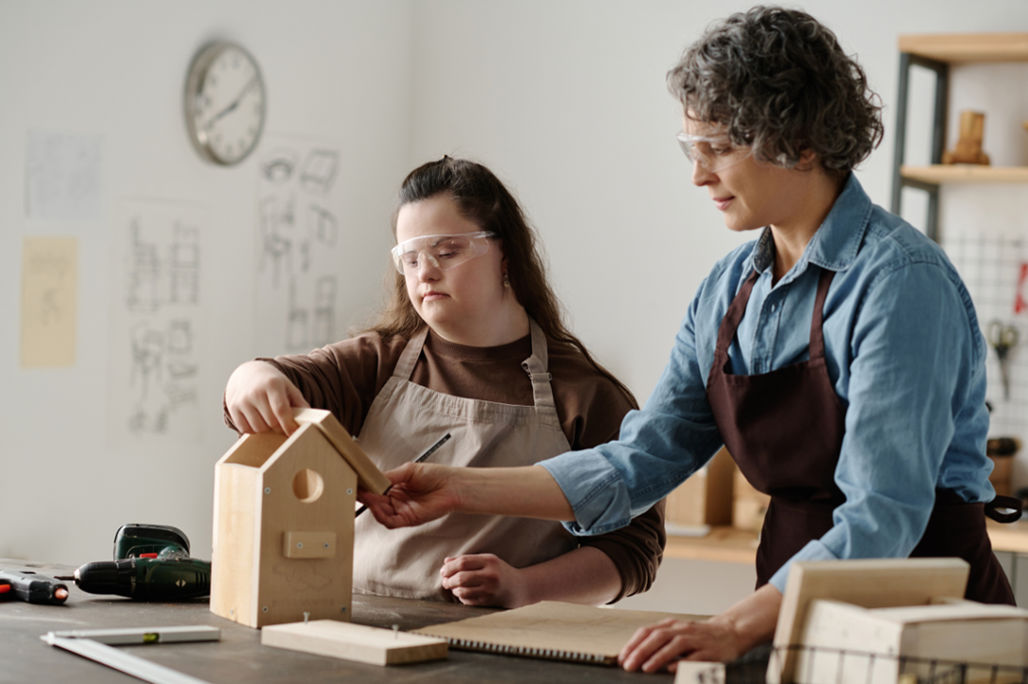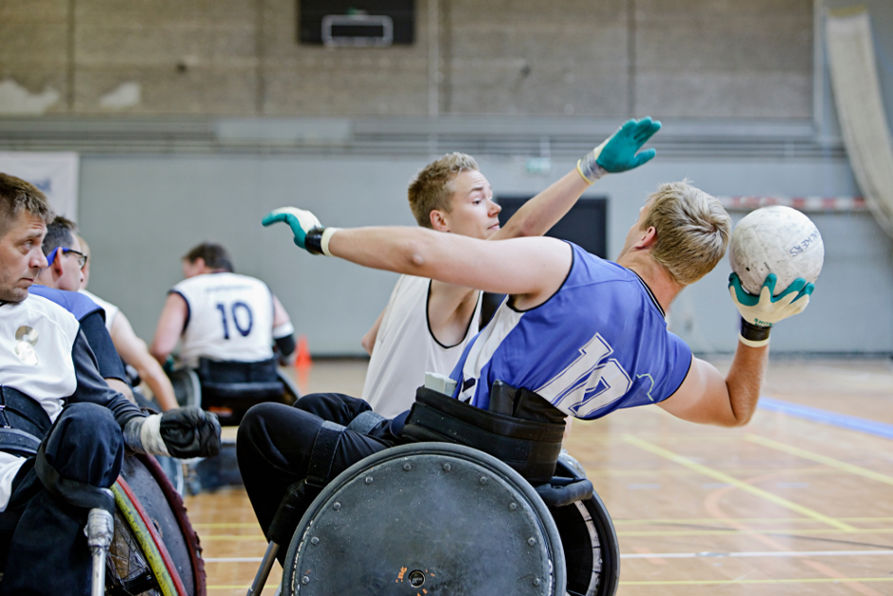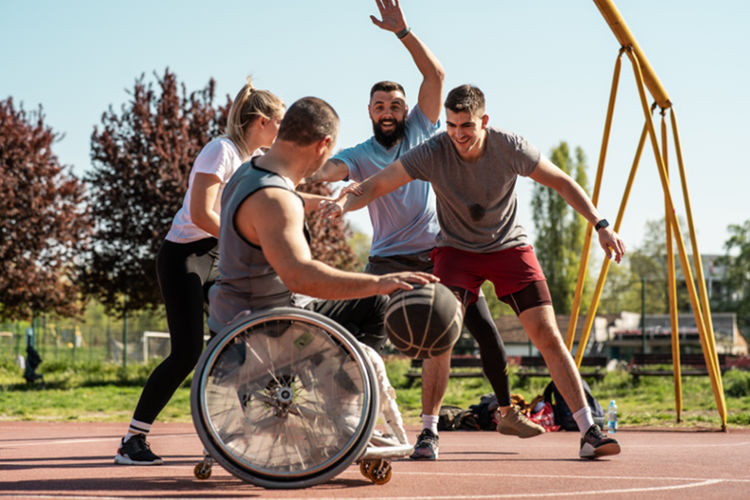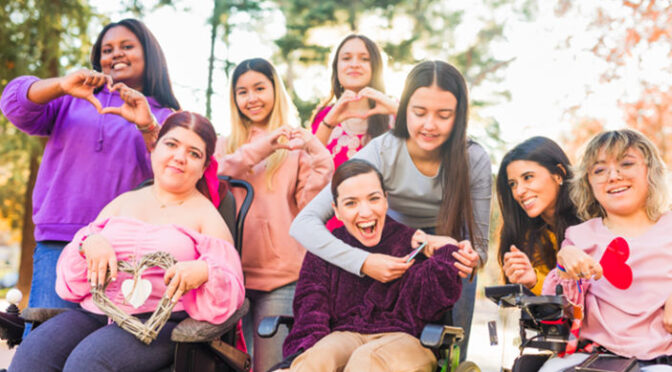If you’re a participant of the National Disability Insurance Scheme (NDIS) in Australia, you may have heard of the “Increased Social and Community Participation” line item. This essential part of the NDIS plan is designed to help participants connect, engage, and participate in their communities, fostering independence and building life skills. Understanding how this support works and how it can benefit you or your loved ones is crucial.
In this guide, we’ll break down everything you need to know about the Increased Social and Community Participation line item, covering its purpose, activities, funding, eligibility, and how you can make the most of it.
What is the Increased Social and Community Participation NDIS Line Item?
The Increased Social and Community Participation line item falls under the Capacity Building category in an NDIS plan. It aims to support participants in building skills, developing independence, and engaging with their communities. Activities covered under this line item range from skill-building workshops and educational courses to recreational activities that enhance social interactions and personal growth.

This support is particularly beneficial for individuals with disabilities who may feel isolated or face challenges in engaging with their communities. By offering assistance tailored to individual needs, it promotes social inclusion and helps participants live a more fulfilling, engaged life.
What Activities Are Covered Under Increased Social and Community Participation?
The NDIS Increased Social and Community Participation line item can cover a wide range of activities that are beneficial for social engagement and personal development. These can include:
- Skill-Building Workshops: These might involve classes on cooking, financial management, or art. The goal is to equip participants with skills that foster independence and self-confidence.
- Recreational and Social Activities: This could be anything from joining a local sports team to participating in group outings. Social activities are essential for making connections and building friendships.
- Educational Courses: For those interested in learning new skills, educational courses can offer significant personal and professional growth opportunities.
- Community Access Programs: Programs designed to introduce participants to various aspects of community life, such as public transport navigation, library use, or visiting community centres, can increase independence.
- Mentorship and Life Coaching: Some participants may benefit from one-on-one sessions with mentors or coaches to develop personal goals, improve communication skills, or set up strategies for community engagement.

These activities are focused on helping participants lead more independent and enriched lives by encouraging social interaction and community participation.
Who is Eligible for Increased Social and Community Participation?
NDIS participants who have a Capacity Building budget in their plan may be eligible to use this budget for social and community participation activities. Eligibility is generally determined based on individual goals and needs, so it’s essential to work with your NDIS planner or Local Area Coordinator (LAC) to include this support if it aligns with your goals. You might be eligible if:
- You have specific social or community participation goals in your NDIS plan.
- You require assistance to build skills, confidence, and independence.
- You face barriers in accessing social or community activities without support.
This line item is especially beneficial for participants with goals related to increasing their social engagement, developing life skills, or exploring new interests in a supportive setting.
How is the Increased Social and Community Participation Budget Managed?
The funding for this line item falls under the Capacity Building budget, which is allocated specifically for activities that develop your skills and independence. It’s important to note that this budget cannot be transferred to other types of support, such as Core Supports.

There are three ways to manage this budget:
- Self-Managed: You manage the funds yourself, choosing providers that align with your needs and goals. This option provides flexibility but requires careful budgeting and record-keeping.
- Plan-Managed: A registered plan manager handles your funds, paying providers on your behalf. This allows more freedom to choose providers while maintaining professional support for managing the finances.
- NDIA-Managed: The National Disability Insurance Agency (NDIA) pays registered NDIS providers directly. This option limits you to using registered NDIS providers but relieves you of financial management responsibilities.
Talk to your NDIS planner to choose the management method that best suits your circumstances and comfort level.
How Do I Choose the Right Providers for Social and Community Participation?

Choosing the right provider is essential to making the most of your Increased Social and Community Participation budget. Here are some tips to consider when selecting a provider:
- Align with Your Goals: Make sure the provider offers services or activities that match your personal goals. If your goal is to build confidence in social settings, look for providers who specialise in group activities or social engagement programs.
- Check for Experience with NDIS Participants: Experienced providers understand NDIS requirements and can tailor their programs to meet individual needs.
- Look for Flexible Options: Some providers offer both individual and group activities, allowing you to choose what feels most comfortable. Flexibility is especially important if you are just starting out with community participation.
- Consider Accessibility and Location: Ensure the provider’s location is accessible to you and that they can accommodate any specific needs you may have.
Taking the time to evaluate providers based on these criteria will help you find a program that not only supports your goals but also ensures a positive and enriching experience.
How Can Increased Social and Community Participation Benefit You?
The benefits of Increased Social and Community Participation are extensive. They include:
- Improved Social Skills: Regular participation in social and community activities helps develop social skills, which can improve confidence and communication.
- Greater Independence: Skill-building activities like cooking classes, budgeting workshops, and transport training can enable you to carry out daily tasks independently.
- Enhanced Quality of Life: Engaging with your community, meeting new people, and pursuing interests can contribute to a higher sense of well-being and fulfilment.
- Building Lasting Connections: Being part of a community and developing friendships can reduce feelings of isolation and provide a sense of belonging.
- Support for Goal Achievement: Working with providers focused on your NDIS goals helps you achieve milestones that bring you closer to greater independence and satisfaction.
Frequently Asked Questions (FAQs)
- Can I use my Core Supports budget for social and community participation activities?
No, Core Supports funding is not interchangeable with the Capacity Building budget, which is specifically designated for activities that help build skills and independence. Social and community participation falls under Capacity Building, so be sure your plan includes this budget if these activities are important to you.
- Are all providers eligible for NDIS funding under Increased Social and Community Participation?
If you’re NDIA-managed, you’ll need to use registered NDIS providers. However, if you’re self- or plan-managed, you may have the flexibility to choose providers who are not registered but offer relevant services.
- How do I make sure Increased Social and Community Participation is included in my NDIS plan?
Discuss your goals with your Local Area Coordinator or planner during your NDIS plan meeting. Make it clear that social and community participation is important to you, and they can advise on the best way to include this in your plan.
Final Thoughts
The Increased Social and Community Participation NDIS line item provides a fantastic opportunity for participants to engage, grow, and build skills that lead to more independent and fulfilled lives. By understanding how this line item works, selecting the right providers, and choosing activities that align with your goals, you can make the most of this support.
If you or a loved one is interested in these supports, be sure to discuss your specific needs with your NDIS planner, and take full advantage of this empowering aspect of your NDIS plan.





